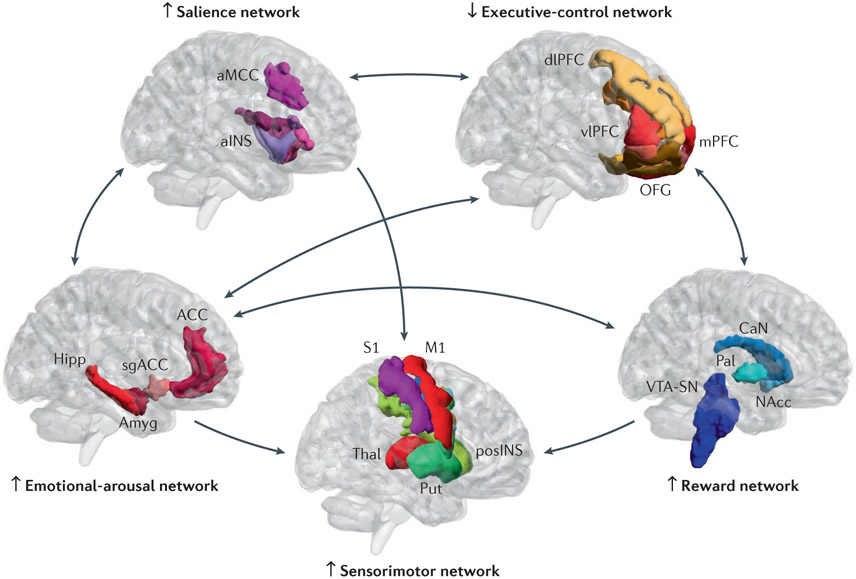Figure 2. Model of altered brain network interactions in food addiction.
Several brain networks interact in the regulation of ingestive behavior. In food addiction, increased engagement of the salience network by food cues engages the executive control network leading to increased attention to food, and the emotional arousal network. Insufficient inhibitory control of the reward and of the emotional arousal networks by the executive control network plays a key part in shifting the balance from predominantly homeostatic to hedonic and regulation of food intake. The salience network (aMCC, anterior mid cingulate cortex; aINS, anterior insula) responds according to the subjective salience of any interoceptive or exteroceptive stimulus reaching the brain, or to the expectation of such stimuli, and coordinates appropriate attentional, behavioral, affective and visceral autonomic responses to such stimuli. The executive control network (dlPFC, dorsolateral prefrontal cortex; vlPFC, ventrolateral prefrontal cortex; mPFC, medial prefrontal cortex; OFG, orbitofrontal gyrus) is activated during tasks involving executive functions such as attention, working memory, planning and response selection. Under normal circumstances, it exerts an inhibitory influence on the emotional arousal and the reward networks. The reward network (Nacc, nucleus accumbens; VTA-SN, ventral tegmental area – substantia nigra; CaN, caudate nucleus; Pal, pallidum) is a group of neural structures responsible for motivation, ‘wanting’ desire or craving for a reward. It is under inhibitory control by the executive control network. Its main neurotransmitter is dopamine. The sensorimotor network (Thal, thalamus; Put, putamen; pINS, posterior insula; S1/S2, primary/secondary sensory cortex; M1/M2, primary/secondary motor cortex) receives sensory input from the body, is important for awareness of body sensations and the generation of appropriate motor responses and behaviors.
The Emotional arousal network (ACC, anterior cingulate cortex; Hipp, hippocampus; Amyg, amygdala; sgACC, subgenual anterior cingulate cortex) is activated by perceived or real perturbation of the organism’s homeostasis. Bidirectional arrows between brains depict reported bidirectional network interactions. Up and down arrows next to brains illustrate reported up and down regulation of the individual networks

